In the Spring of 2020, having decided to spend lockdown finally reading a series of books that informed so much of both popular culture and my own childhood, I was alarmed to discover that the first James Bond novel’s third act was primarily focused on 007 worrying that his crotch wouldn’t work.
It was a fair concern for the British intelligence agent to harbor. He had spent a full seven pages of chapter 17 having his double-ohs slapped with a carpet beater by Le Chiffre, the villain portrayed by Peter Lorre in the first adaptation of Casino Royale, Orson Welles in the second, and Mads Mikkelsen in the 2006 reboot. It took until the Mikkelsen version for the antagonist to actually get a chance to go ham on Bond’s genitals on screen, which I’d call a real waste of Lorre’s talents, but it was going around. It was sort of a missed opportunity calling the torture chapter of Casino Royale “My Dear Boy” and not “Thunderball.” Hindsight is a funny thing.
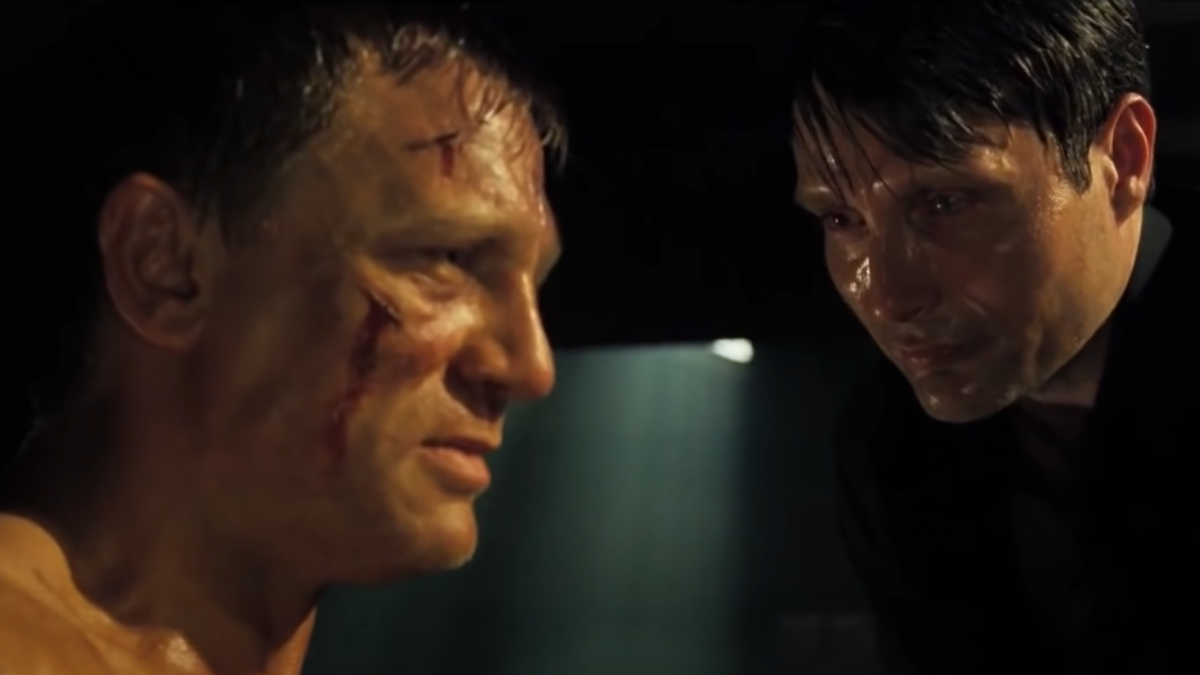
“Huh,” I remember thinking, staring at the last line of the last page of a book about an Anglo-American post-war intelligence conglomerate trying to hit the Communists where it hurts by beating one of them at baccarat. Then I thought, “well, maybe the series buffs out the rough edges moving forward.” Then I cracked open book 2 in the series, Live and Let Die, in which Bond has to stop a Soviet voodoo priest from financing communism by selling Blackbeard’s gold.
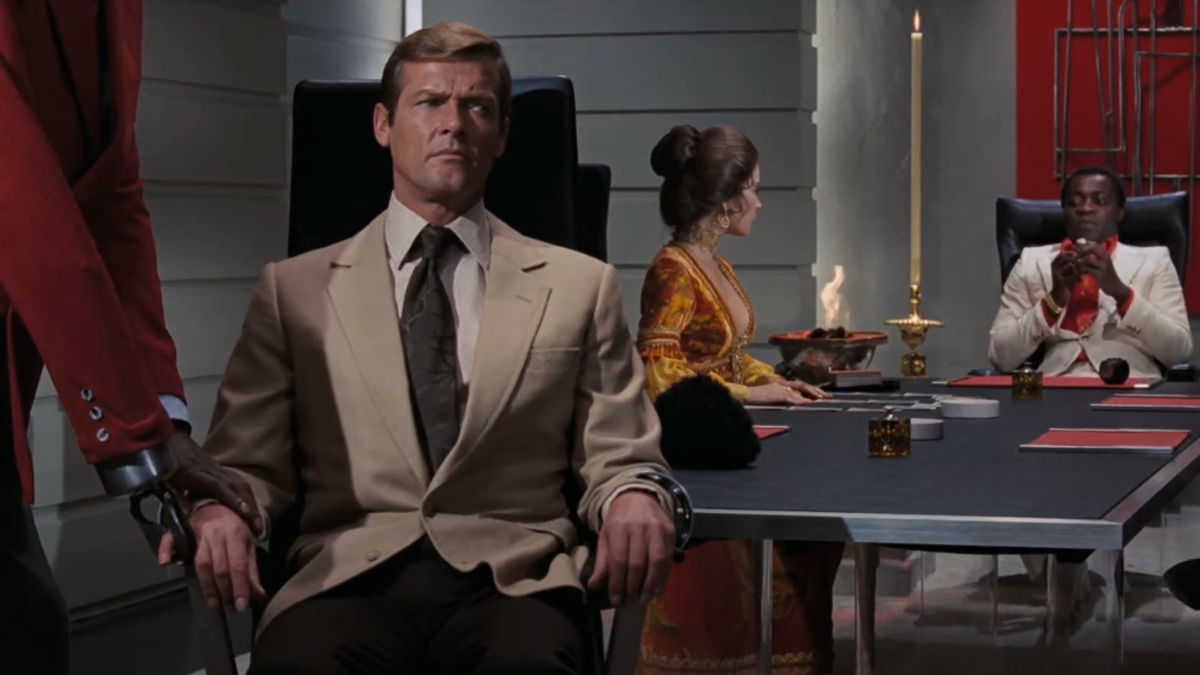
The short version of all of this is that James Bond, taken back to his roots, is a weirdo. His stories were the power fantasies of a man whose time was up – series author Ian Fleming wrote Casino Royale in 1952, just past the glory he experienced as an officer in the second World War. It was authored in the months leading up to his begrudging marriage to Ann Charteris, and having children. He sat in his home in Jamaica, brooding, imagining what it would be like to be a guy that would never have to get married, that was so good at gambling that the government asked him to beat the Reds at cards, who smoked custom cigarettes and drank martinis all day and never felt sick and didn’t ever have a bedtime, and who handled getting hit in the junk better than anyone else in the world.
And that’s what Hollywood needs to remember about the character, I think, especially now. The 007 franchise is in a fluid, uncertain way, with Daniel Craig having finally solved enough of the MGM lion’s riddles to be allowed out of his contract. Traditionally, a new Bond heralds a period of reconsideration for the series, taking into account current social trends and audience preferences. Bond has always been sort of a pH test for current pop culture preferences – there was the excessive camp of the ‘70s and ‘80s that Roger Moore heralded, then the too-serious Timothy Dalton years and their heavy Scarface influence. In the ‘90s, Pierce Brosnan was the face of a series of glossy, two-hour car commercials, and in 2006, Craig parkoured onto the screen with a suspicious amount of Jason Bourne sprinkled all over his way-too-sweaty body. 15 years of severe, dead-eyed spy dramas later, we’re past due for switching things up.
And popular media skews more bizarre today than it tended to in 2006. The biggest franchises of the last two decades are starting to buckle under their own weight. Neverending series like the Bond movies don’t draw audiences in anymore, not the way they used to. We’ve spent over a decade getting tricked into seeing every Marvel movie in theaters, and we’re all starting to suspect that the consequences of missing a couple of entries aren’t insurmountable – that the downside to a multi-entry franchise with no expiration date is that it can’t — by its very nature — offer any permanent consequences for its characters. No matter how many loved ones Peter Parker loses, he’ll still be Spider-Man in the next movie. No matter how many communists James Bond stops from — I don’t know, communing? — there’ll be more James Bond in the next movie, and the next. It’s hard to sell $20 tickets to an episodic story, and it doesn’t get more episodic than James Bond. The Daniel Craig leg of the franchise tried to combat this by adding overarching stories, but misfires like “Blofeld is your secret brother!” made it difficult to care, even if the resemblance was uncanny.
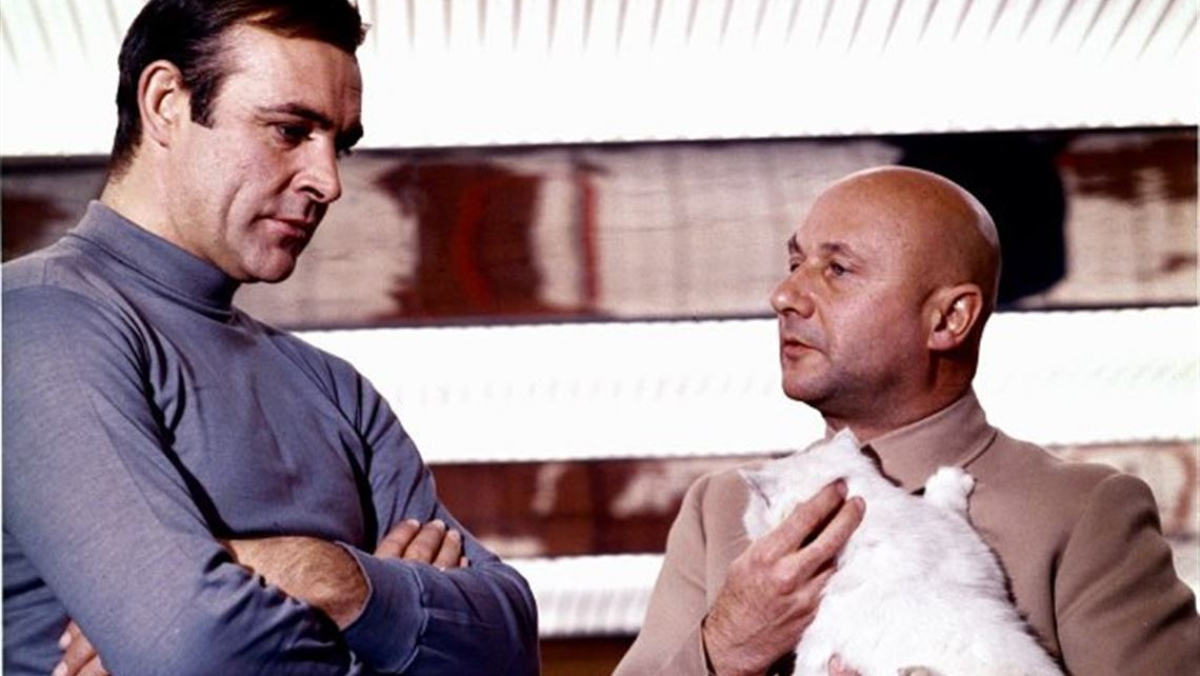
So how do we fix it?
By embracing the weird. By accepting that none of this makes any sense. By giving audiences a full-throated belt of British espionage in the key of cuckoo bananas. Make it unpredictable. Pull from the stuff in the books that didn’t make a lick of sense – that Bond spent his first story carrying a .25 Beretta, a gun with just about enough stopping power to down one of the Chippettes, assuming that she hadn’t had a hearty breakfast that day. Pour big-budget dollars into a flick where Bond can’t stop talking about how much his swimsuit area hurts for the last half hour of the story. This was a character built on the manchild dreams of a middle-aged man who was, in his own mind, about to be grounded. Inasmuch as there’s a right or wrong way to tell a story, you could argue that Bond isn’t supposed to be serious to anyone besides himself. He has all the seriousness of a superhero invented by an 8-year-old named “Doesn’t Have To Eat Cauliflower Man.” He fights voodoo gangsters for pirate gold. He’s dadaism with a handgun.
It’s time to make James Bond weird again.
“Shoot for the moon,” as they say. “Even if you miss, it won’t be worse than Spectre.”

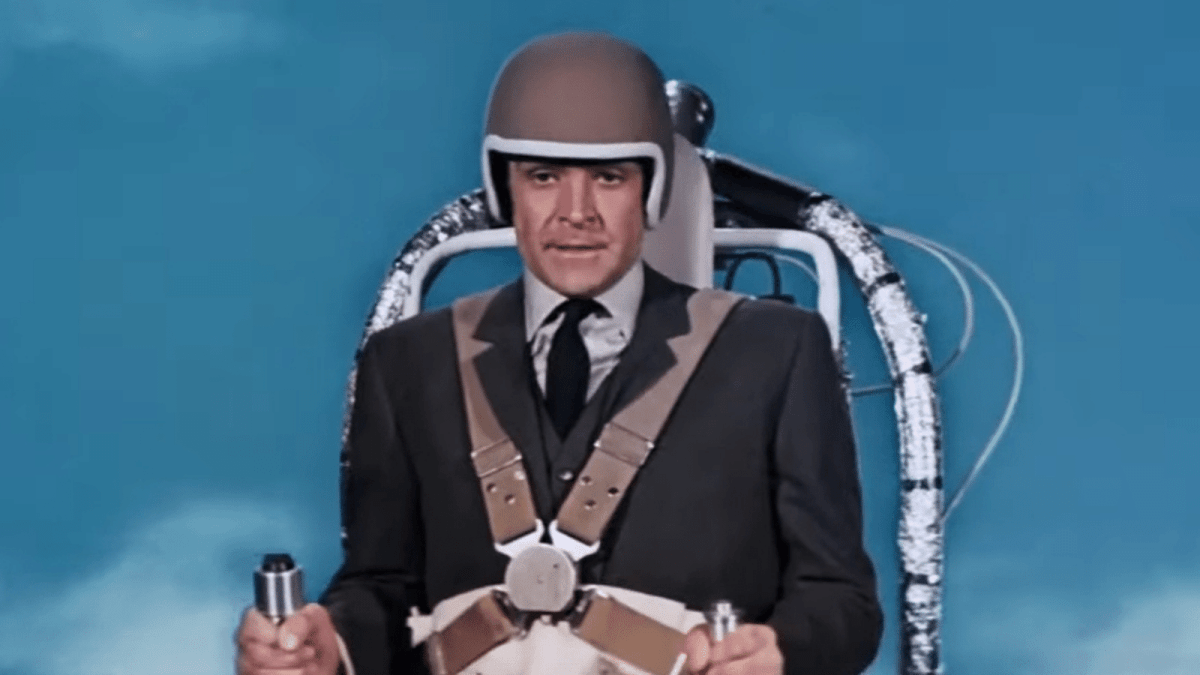


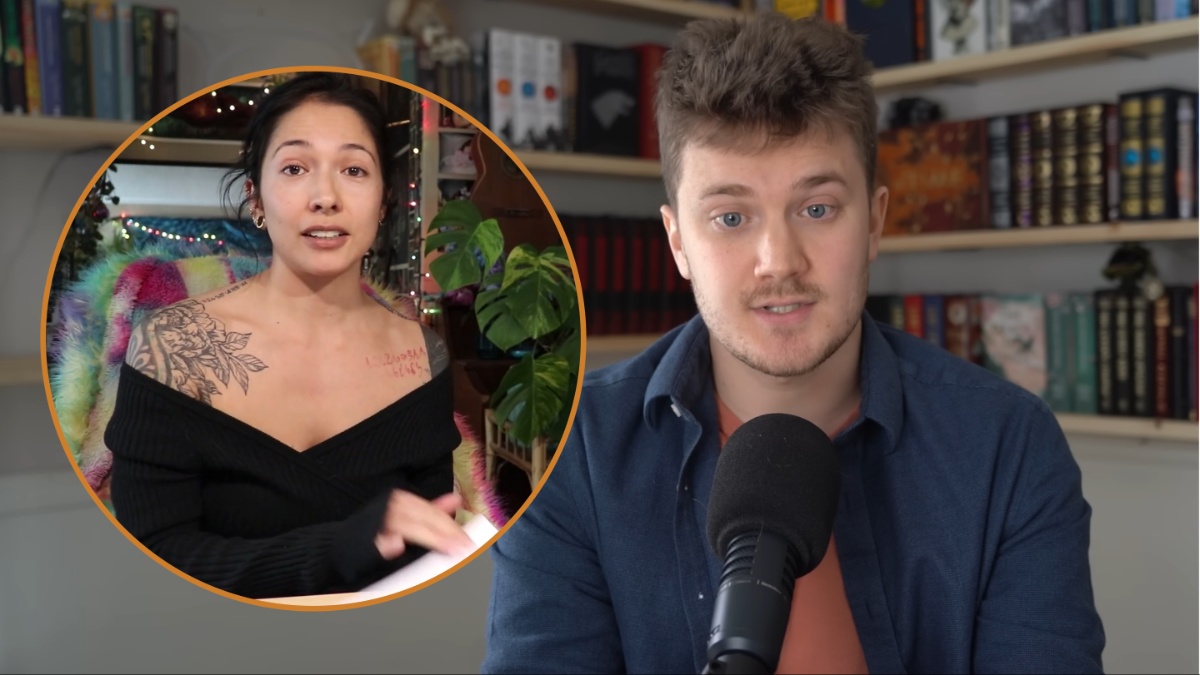
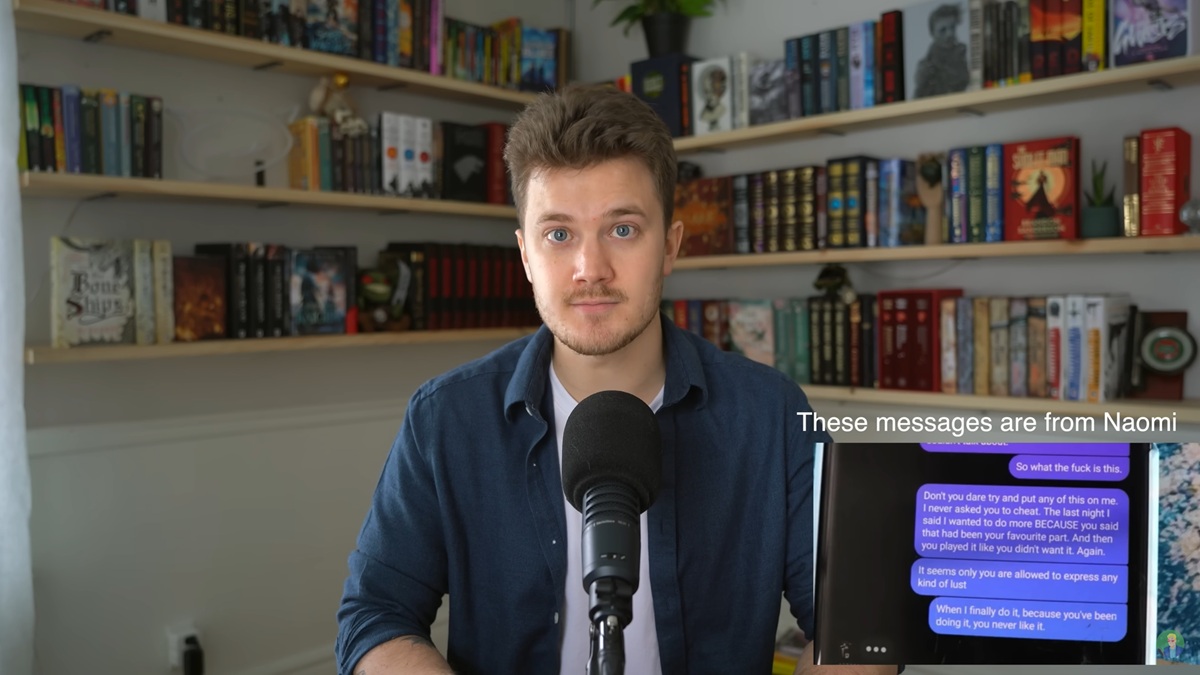
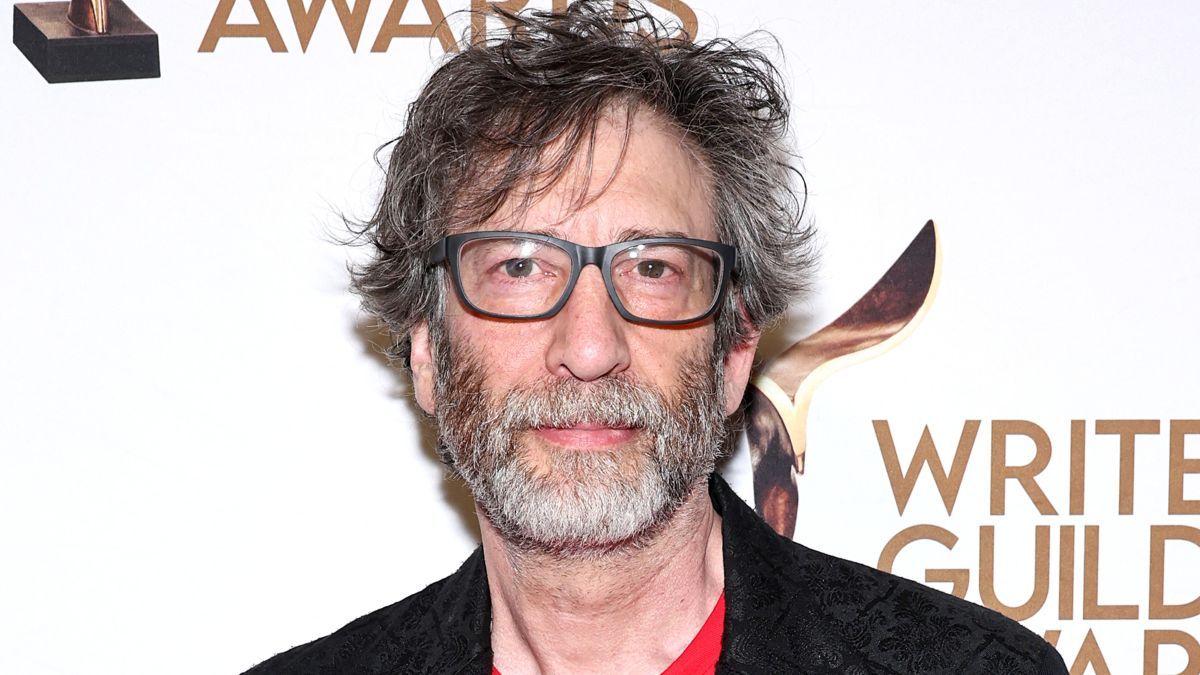


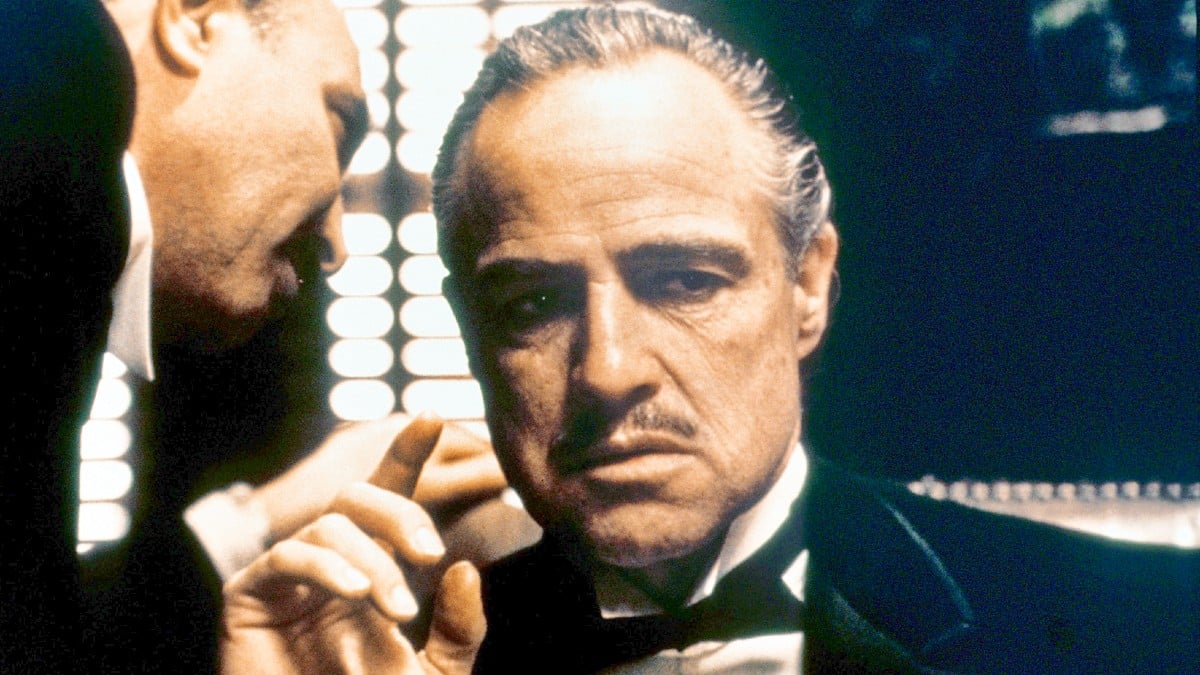

Published: Sep 4, 2023 04:31 pm